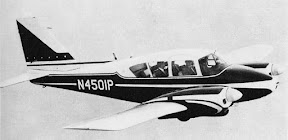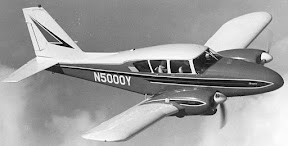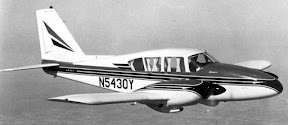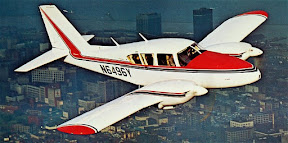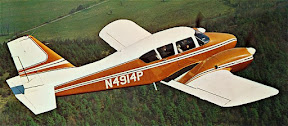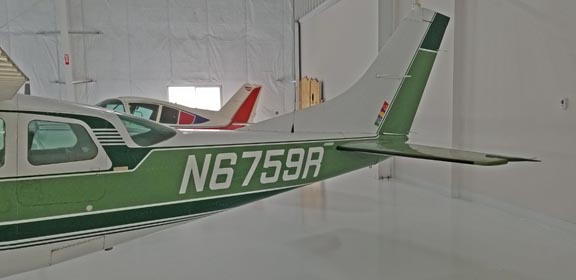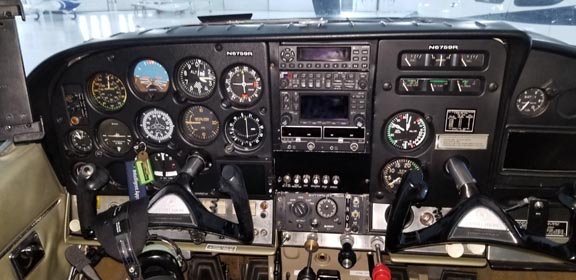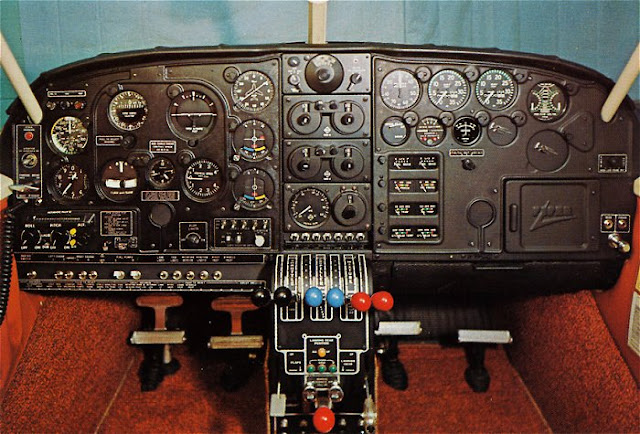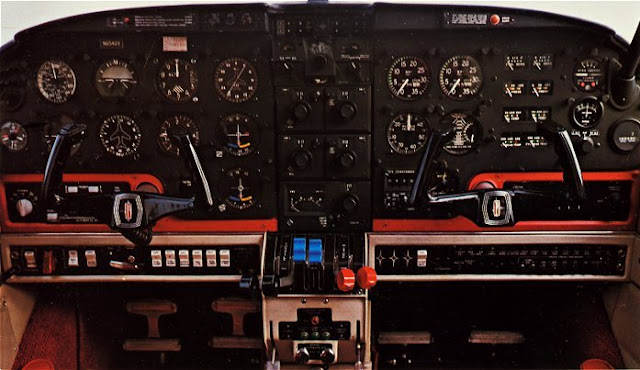craigvince
Pre-takeoff checklist
- Joined
- Sep 3, 2012
- Messages
- 193
- Display Name
Display name:
Craig
How do I determine the model (A, B, C, etc) of a specific Aztec?
Is there a database by serial number? I found the Wiki description of what each one is, but nothing to tell me which one a specific plane is.
Is there a database by serial number? I found the Wiki description of what each one is, but nothing to tell me which one a specific plane is.

